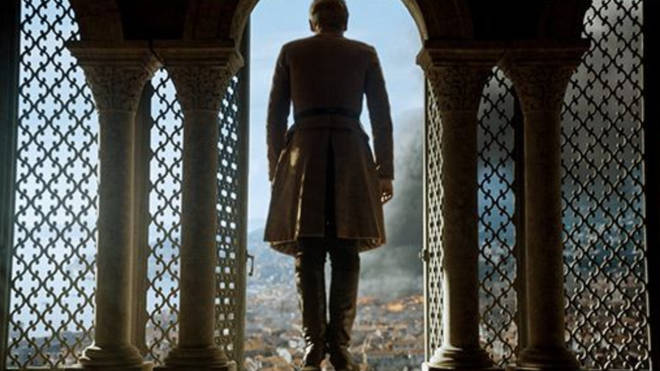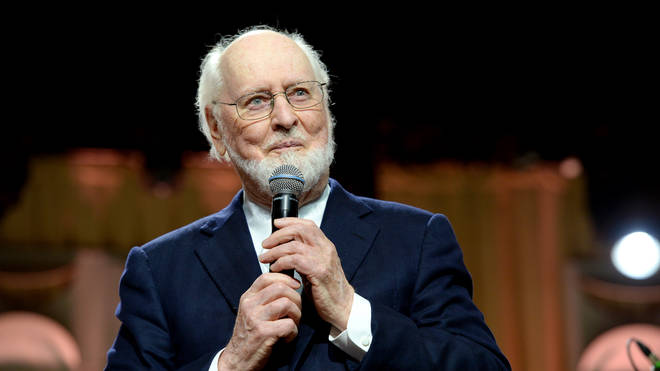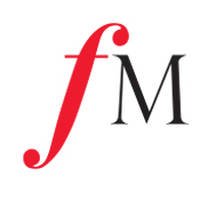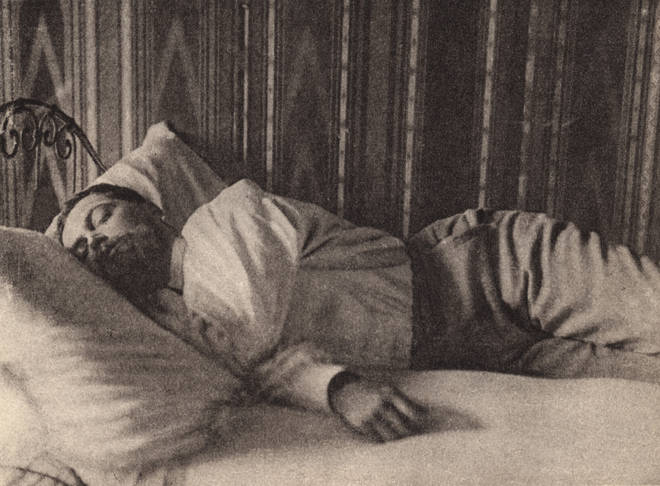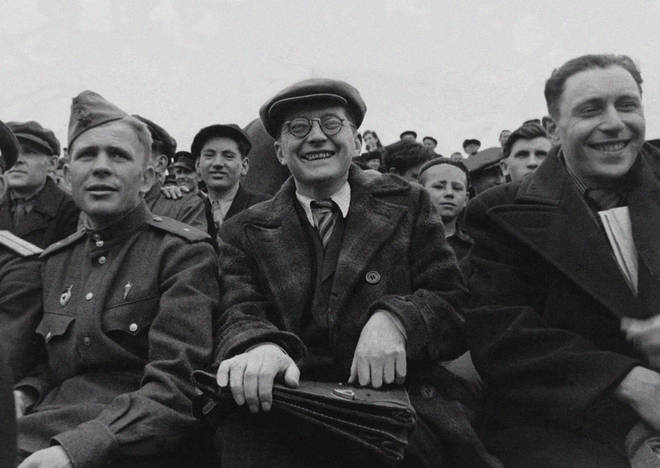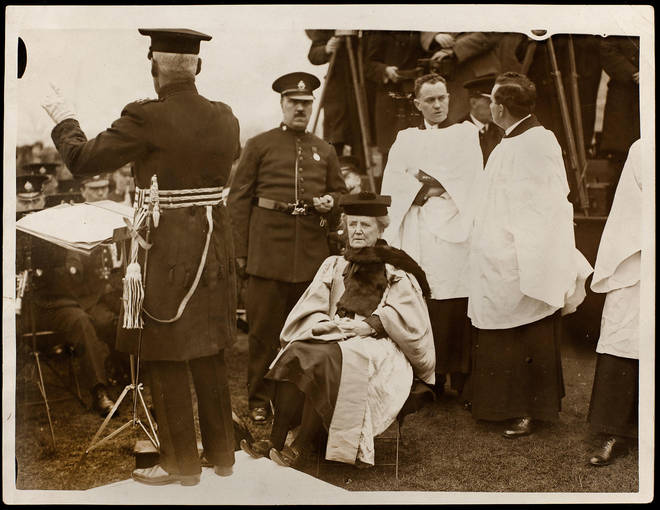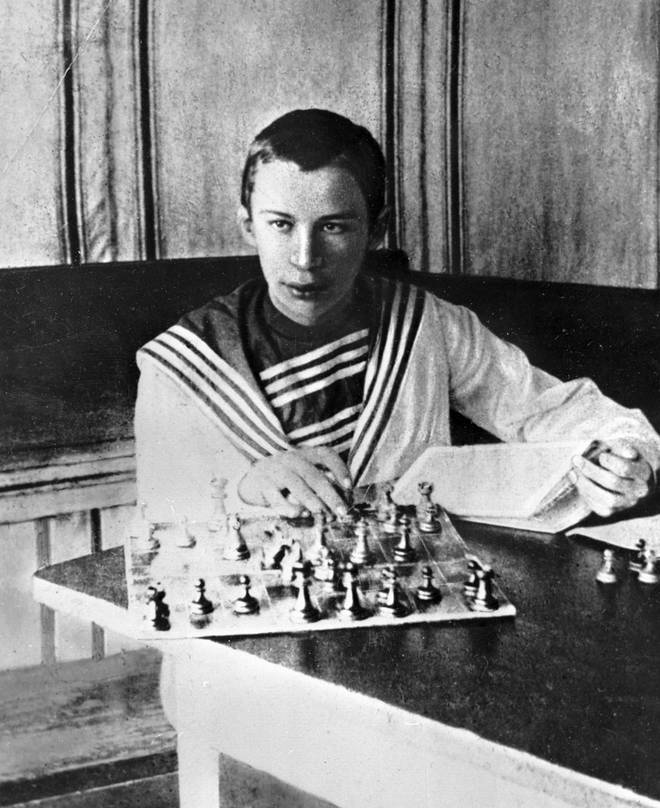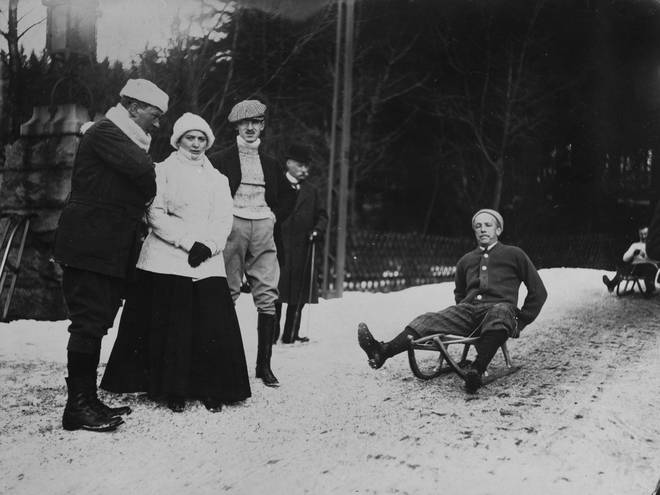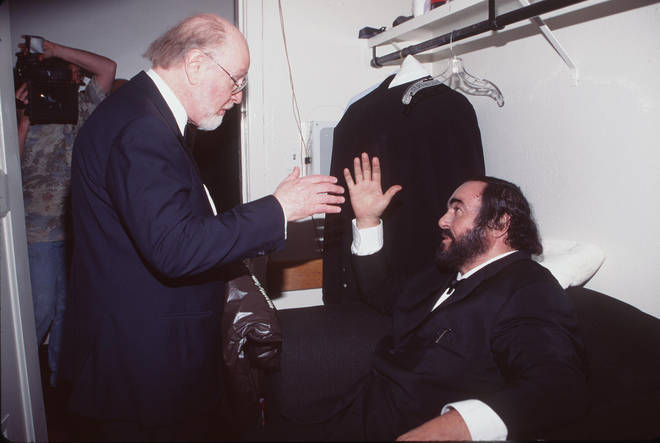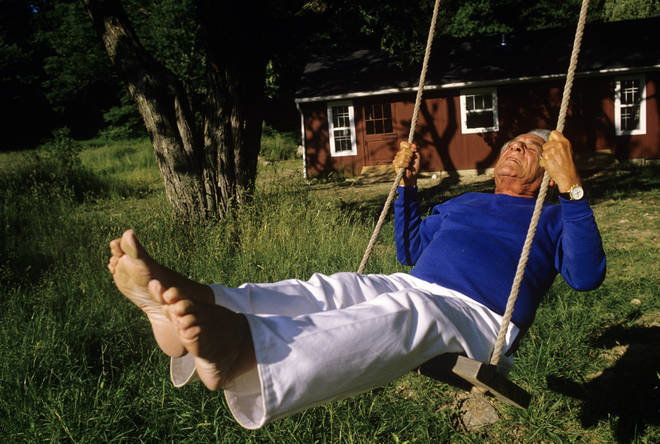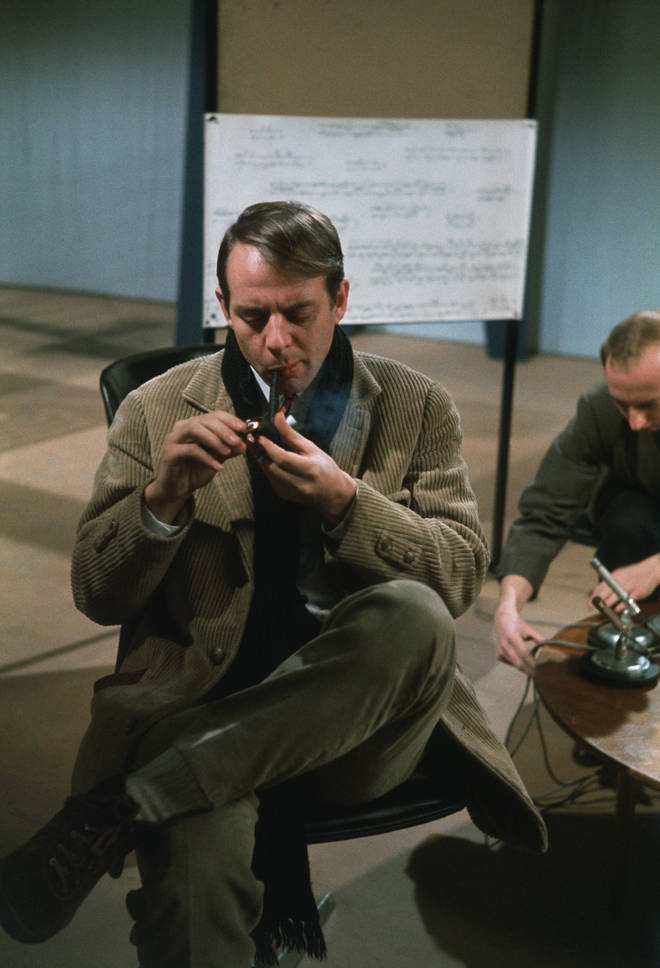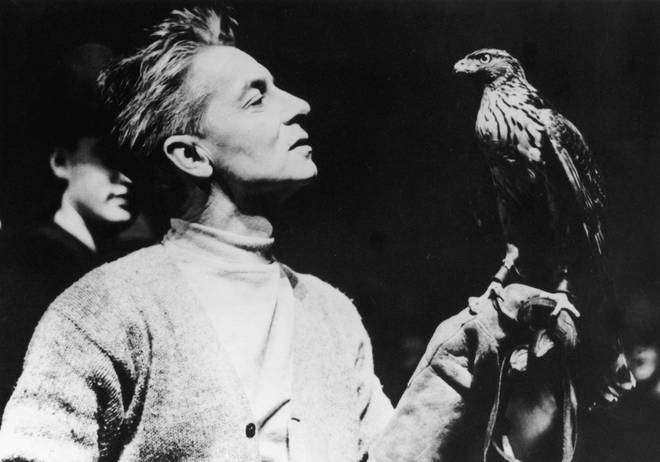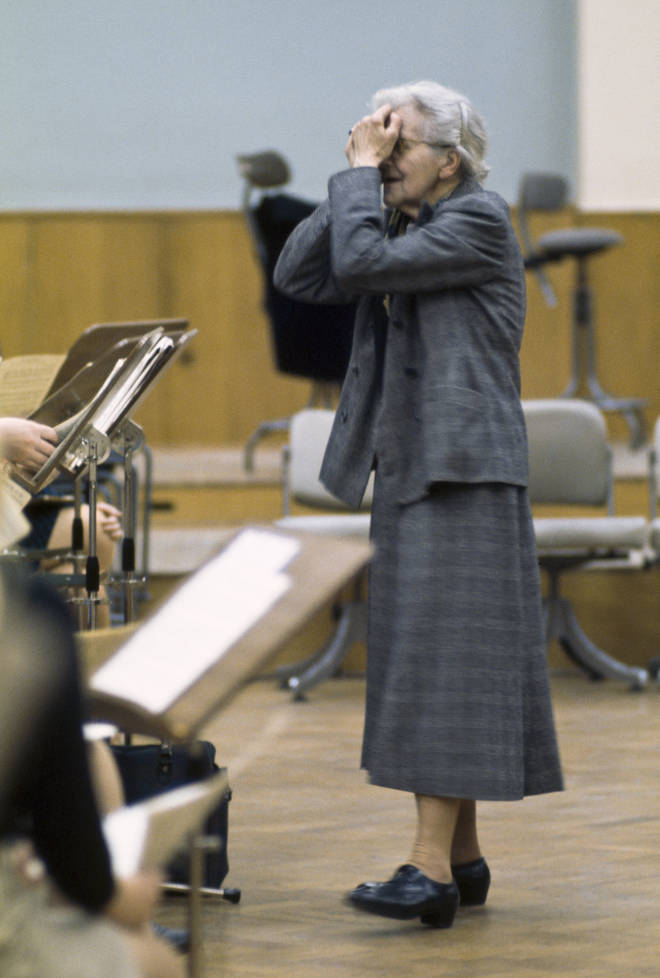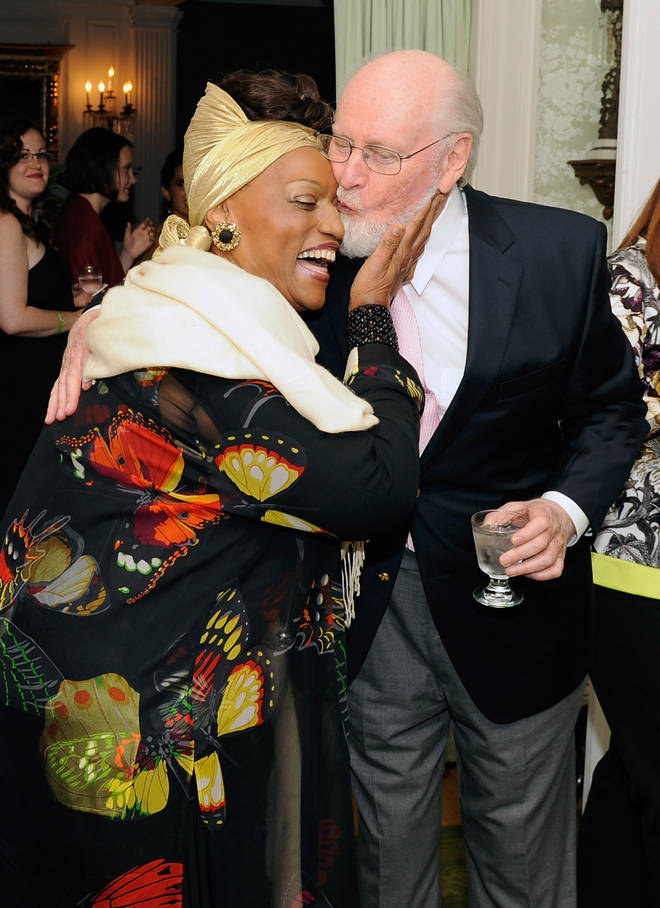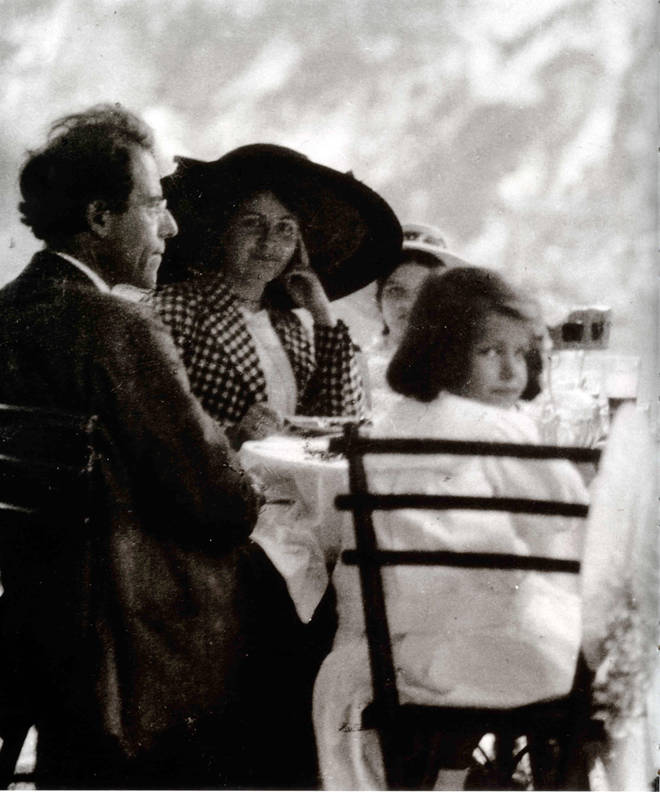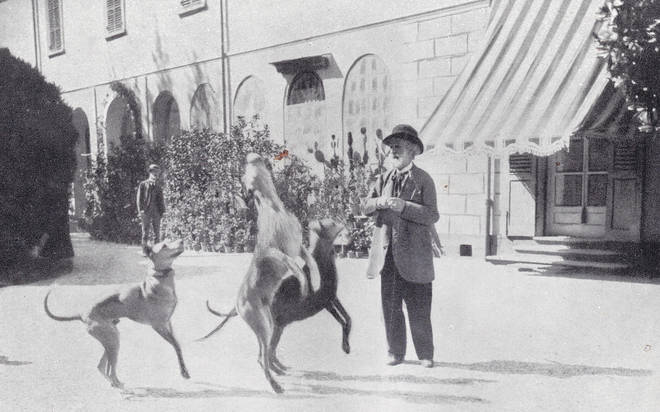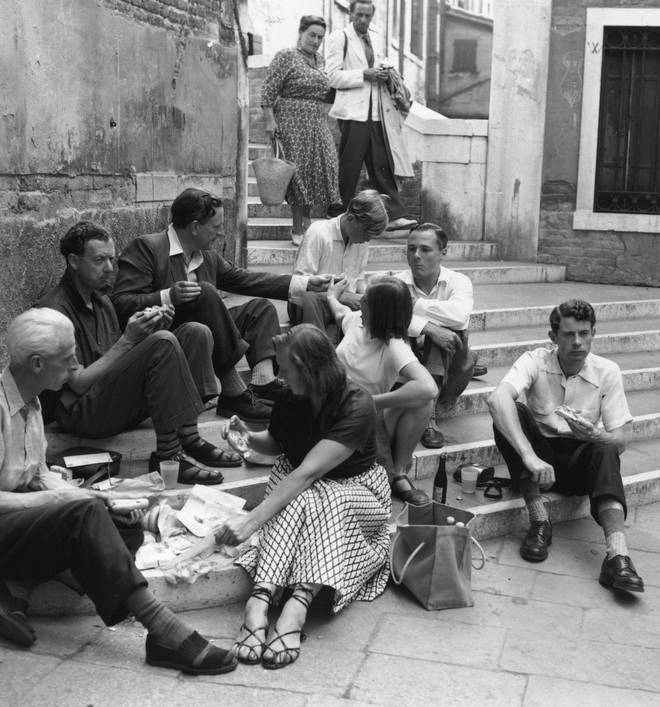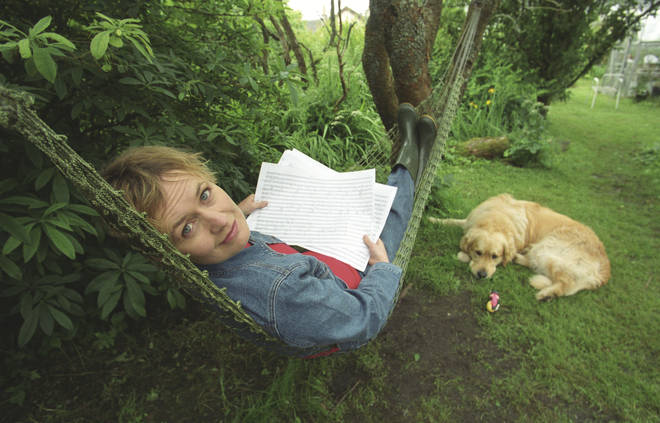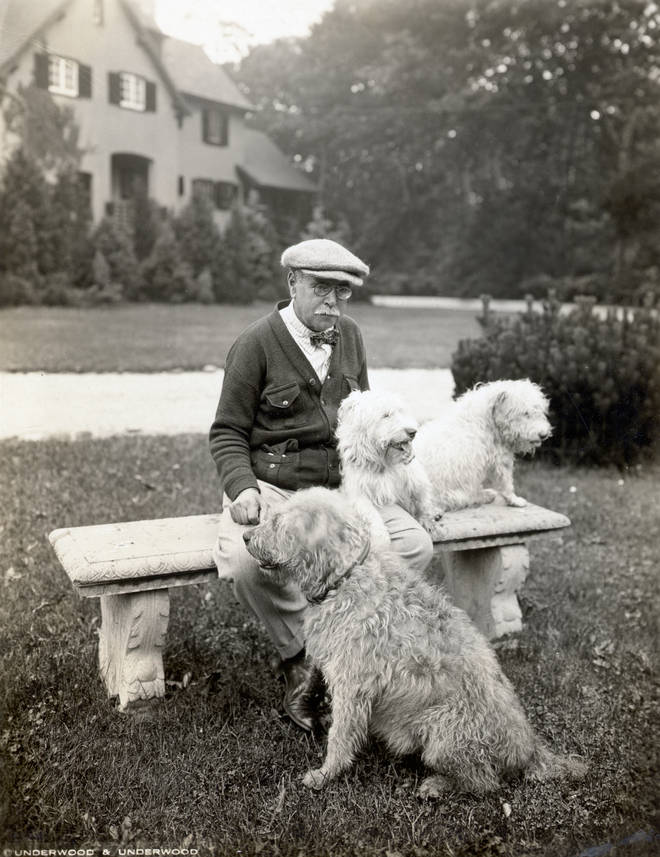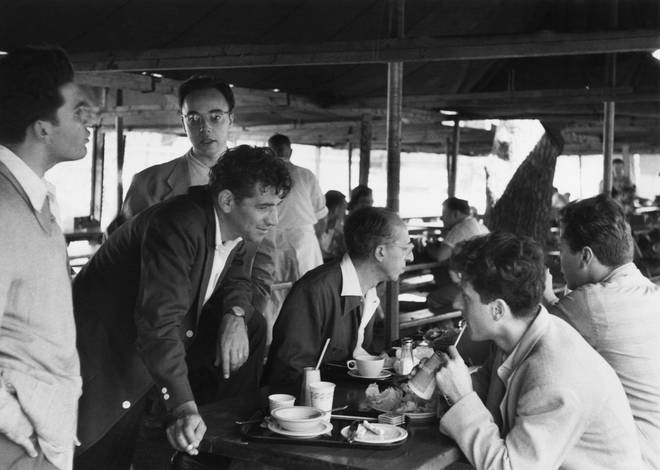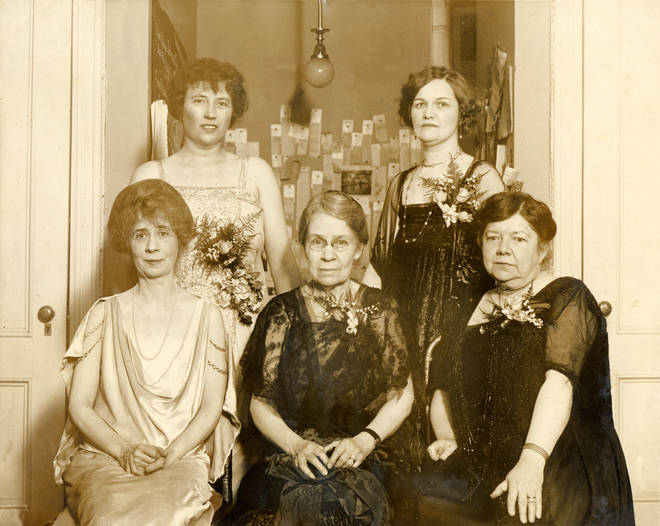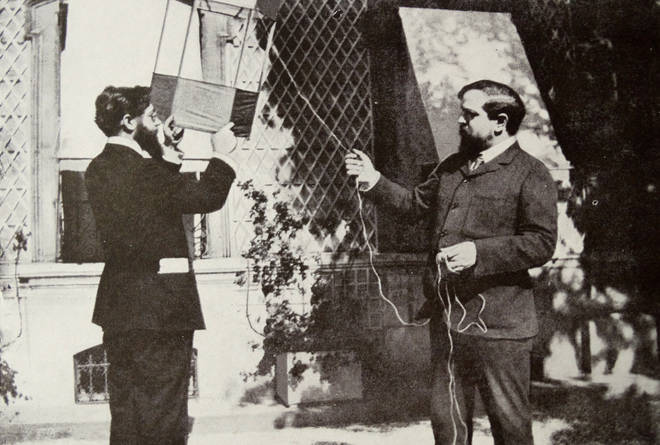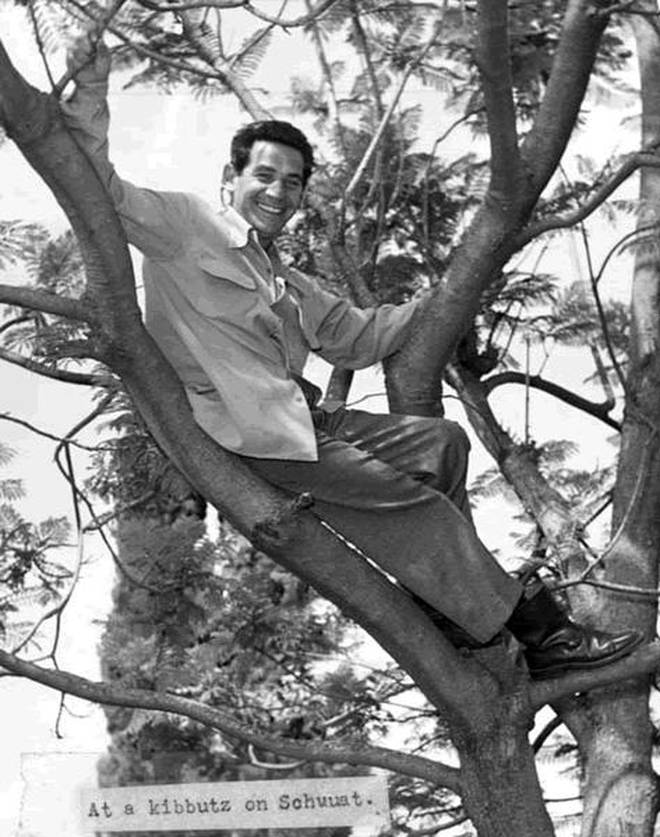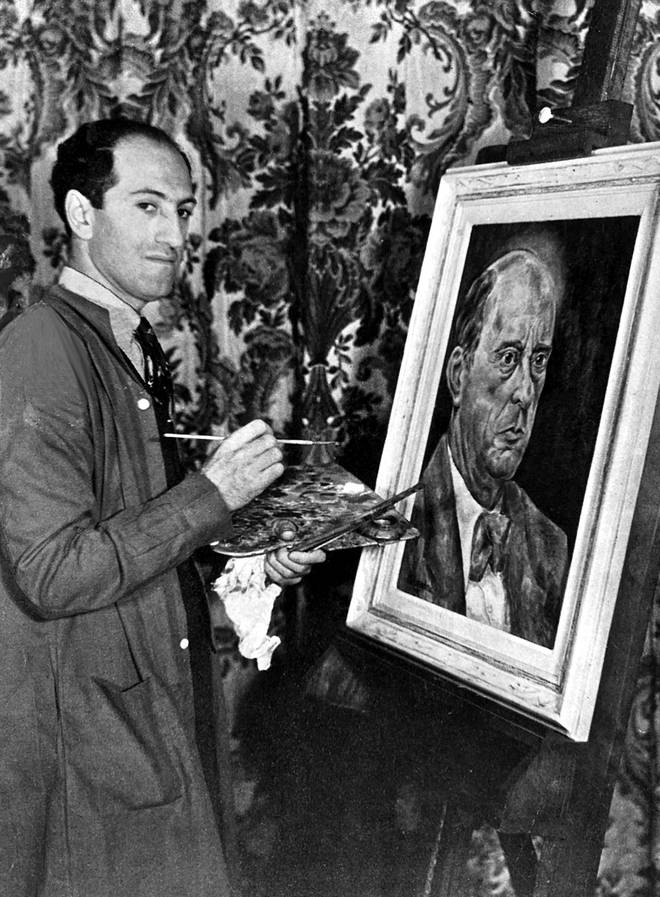It's all about the classical music composers and their works from the last 400 years and much more about music. Hier erfahren Sie alles über die klassischen Komponisten und ihre Meisterwerke der letzten vierhundert Jahre und vieles mehr über Klassische Musik.
Total Pageviews
Thursday, June 27, 2024
Minnie The Moocher - The Speakeasy Three ft. The Swing Ninjas (Official MV)
Thursday, June 30, 2022
John Williams hints at retirement from film music, says new score might be his last
By Kyle Macdonald, ClassicFM
In a new interview, the legendary film music composer suggests he might be writing his final score.
Movie music maestro John Williams has given his strongest hint yet at retirement, and that film music’s greatest and most illustrious career might be nearing its final chapter.
In an interview published on Thursday by Associated Press, the 90-year-old reflected on his work in film. Williams said “At the moment I’m working on Indiana Jones 5, which Harrison Ford – who’s quite a bit younger than I am – I think has announced will be his last film.”
He then hinted it may be the same case for him: “I thought: If Harrison can do it, then perhaps I can, also.”
A Star Wars film demands six months of work, he said. “At this point in life [that] is a long commitment to me.”
Read more: 10 of John Williams’ all-time greatest film themes, ranked
Alongside the score to Indiana Jones 5, Williams is currently devoting himself to composing more music for the concert hall, including a piano concerto for long-time collaborator and friend, American virtuoso pianist Emanuel Ax. In the interview, the composer also mused on music and life. “Music can raise one’s thinking to the level of poetry,” he said.
“We can reflect on how necessary music has been for humanity. I always like to speculate that music is older than language, that we were probably beating drums and blowing on reeds before we could speak. So it’s an essential part of our humanity.”
“It’s given me my life.”
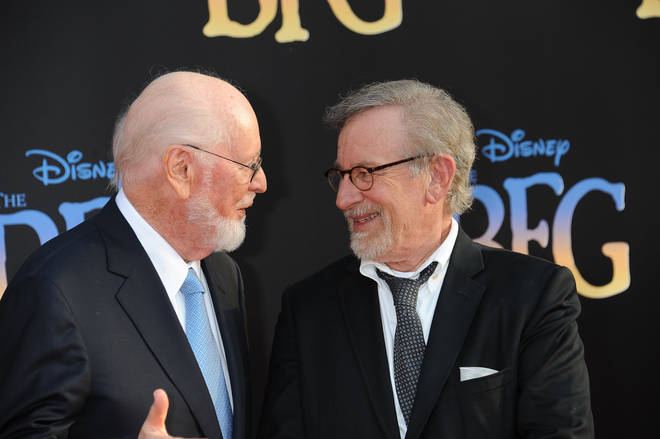
Williams also reflected on his long-standing creative friendship with director Steven Spielberg.“It’s been 50 years now. Maybe we’re starting on the next 50,” the composer said Williams with a laugh. “Whatever our connections will be, whether it’s music or working with him or just being with him, I think we will always be together.”
John Williams is the most prolific and widely honoured living composer of film music and holds the record for being the most Oscar-nominated living person. So far he has received 59 Oscar nods during his lifetime, and won five of them.
And although he is thinking about final film scores, it also sounds as if a compositional door will always be open from the prolific composer. “I don’t want to be seen as categorically eliminating any activity,” Williams said.
And with characteristic good humour added, “I can’t play tennis, but I like to be able to believe that maybe one day I will.”
Thursday, May 19, 2022
Classic FM welcomes thousands of new classical music listeners in 2022, radio figures reveal

New audience figures show that in the first three months of 2022, the year we celebrate our 30th birthday, Classic FM welcomed thousands of new listeners.
In our 30th birthday year, results by Radio Joint Audience Research (RAJAR) show that 5.2 million people now tune into Classic FM every week.
The overall amount of time the audience tunes in has gone up too. Total listening to Classic FM every week now stands at 44.5 million hours, which is the highest it’s been for 17 years.
The figures, which come from the official body in charge of measuring radio audiences in the UK, prove that classical music continues to provide comfort, focus and joy in people’s lives.
We have seen increases in listeners for all daytime programmes beginning with Classic FM’s More Music Breakfast with Tim Lihoreau, which has seen a rise of 87,000 listeners compared to the last three months of 2021, bringing Tim’s audience to a total of 1.7 million.
Alexander Armstrong welcomes 2.4 million listeners from 9am to 12pm on weekdays, a rise of 43,000 listeners compared to the previous quarter.
Classic FM Requests also proves as popular as ever, with an additional 28,000 listeners boosting Anne-Marie Minhall’s afternoon audience to 2.5 million listeners.
Smooth Classics with Margherita Taylor has gained just shy of 100,000 listeners, with 700,000 people now listening to Classic FM from 10pm to 1am on weekdays. Similarly on weekends, Myleene Klass now welcomes 484,000 listeners to her Smooth Classics programmes on Saturday and Sunday evenings.
At the weekend, Alan Titchmarsh and Aled Jones are joined by nearly a million listeners each on Saturday and Sunday mornings, with 964,000 and 998,000 people tuning in respectively.
Source: Ipsos /RAJAR.
Thursday, March 24, 2022
10 of the greatest opera overtures of all time
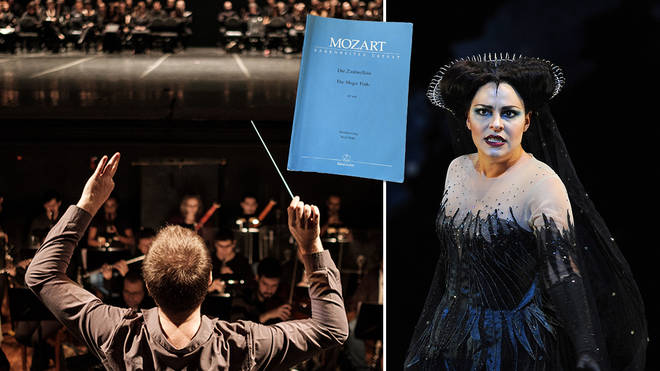
By Siena Linton & Kyle Macdonald, ClassicFM
From the Marriage of Figaro to Carmen, here are ten of the most memorable musical beginnings to operas.
The lights in the theatre dim and a hush falls over the buzzing excitement of the audience, as the orchestra strikes up the first note.
A good opera overture sets the scene for the drama that’s about to unfurl, bringing the audience into the narrative world and suspending their reality for the next few hours.
A great opera overture does not only that, but stands tall as a piece of music in its own right, performed in concert repertoire by orchestras around the world.
Whether you’re just starting to dip your toe into the wonderful world of opera or have a lifetime membership at Glyndebourne, here are 10 of the absolute best opera overtures of all time.
Verdi – The Force of Destiny
With a main theme made famous by the “Reassuringly expensive” Stella Artois TV campaign of the 1990s, this operatic opener is indeed “Reassuringly Verdi” with the Italian composer’s customary mix of exquisite melody and thundering full-orchestra outbursts.
The opera’s iconic theme is a sinister melody known as the fate motif. It’s a powerful, almost cinematic tune. It’s heard first in this overture and then throughout the coming opera, which explores a journey of tragedy, love and loss – with some accidental murders and curses thrown in, because it’s, you know, a Verdi opera.
Mozart – The Magic Flute
At the age of 28, Mozart joined the Masonic order, a secretive organisation with a rich set of rituals and symbols that many scholars believe are evident in Mozart’s later works, The Magic Flute being one of them. The number three holds significance within Freemasonry, and the overture to this opera alone has several allusions.
Right from the start, three chords ring out, dominated by a chorus of three trombones. The overture is even in E flat major, which has three flats in its key signature. After its stately opening, a merry flurry of strings and countermelodies follow, becoming increasingly forceful with the addition of the rest of the orchestra. All in all, the perfect set up for an opera full of evil sorcerers, sprightly bird catchers, and enchanted instruments.
Rossini – William Tell
The overture that broke the mould, Rossini’s William Tell Overture escaped the clutches of the classical world and flew into the mainstream. It appeared as the theme tune for The Lone Ranger and in the soundtracks for A Clockwork Orange and The Princess Diaries, as well as influencing Rossini’s fellow classical composers, Strauss I and Shostakovich.
Comprising four parts, the flurrying finale is the section that is best known today, often used to depict galloping horses (despite the fact that not a single horse is featured in the opera itself).
Dame Ethel Smyth – The Wreckers
After five years touring Europe trying to persuade theatre impresarios to stage it, Smyth’s best-known opera The Wreckers finally received its premiere in Leipzig in 1906. Despite all her efforts, it wasn’t until the 21st century that The Wreckers was recognised for its brilliance and began to be performed more often, even taking the prime spot as the opening night for Glyndebourne in 2022, the UK’s oldest annual opera festival.
Set in a Cornish fishing village, the overture does exactly what the libretto says on the tin. Smyth’s masterful orchestration makes full use of all the sounds of the orchestra (complete with organ!) to take the audience on a cliffside walk along the Cornish coast, breathing in the fresh sea air and gazing at the picturesque greenery before an undercurrent drags you under into a tempestuous swirl of notes and stormy timbres.
Beethoven – Fidelio
Like so much Beethoven, the overture to his only opera didn’t have a straightforward compositional process. Beethoven agonised over the overture to it, composing three versions (titled Leonore Overtures, after the opera’s heroine). Then, with a name change, the breakthrough happened and we got the ‘Fidelio’ Overture.
Beethoven’s opera is a story of righteousness, pain, imprisonment and redemption. The overture, in full Beethoven drama, gives us the darkness and light that runs throughout the opera.
Bizet – Carmen
Under the scorching Spanish sun, a charming seductress uses her beguiling looks and voice to lure a naïve soldier from his post and his girlfriend. The fiery protagonist and namesake of the opera, Carmen’s motif is the last of three themes heard in Bizet’s overture.
The first is an almost circus-like march that announces the entry of the bullfighters to the arena, followed by the main refrain from the ‘Toreador Song’ which is one of the two most popular and easily recognisable themes from the opera, alongside the ‘Habañera’. The overture ends with the Carmen motif, a sultry cello melody over tremolo strings that perfectly encapsulate her electrifying and unnerving presence.
Mozart – Don Giovanni
Legend has it, Mozart left it right down to the wire to compose the overture to his opera Don Giovanni. On the eve of the premiere, Wolfgang returned to his room after drinking with friends and got straight to work, slaving over his manuscript until the early hours. Thankfully for us, and for Mozart too, the piece that emerged from his alcohol-imbued pen nib that evening is nothing short of a masterpiece, the perfect fit for an opera that includes love, heartbreak, comic relief, a statue that comes to life, and a damnation to hell.
The overture is the perfect set-up to the ensuing drama, full of sinister strings, tolling timpani beats, and unnervingly rapid changes in dynamic, before a typically triumphant Mozartian fanfare.
Wagner – Tannhäuser
A tale of lust, love and loss, Wagner’s Tannhäuser is a mighty work, chock-full of lush Romantic harmonies, ingenious orchestration, and leitmotifs galore. Not that you’d expect any less from the composer who gave us the Ring cycle.
The overture opens with the ‘Pilgrim’s Chorus’, a slow and repentant theme played by wind and brass before being picked up by the strings, too. The strings take up a lilting countermelody to the trombones’ fanfare, lapsing into a yearning melody that represents the goddess Venus and her mystical domain.
Rossini – The Barber of Seville
Gioachino Rossini was known for his nifty nib, and managed to write all the music to the entire opera The Barber of Seville in just three weeks. Well, almost. Having left the overture to the last minute, Rossini decided instead to recycle one he’d used for two previous operas. Laziness or resourceful genius? We’ll let you decide.
Despite not bearing any relation whatsoever to the music in the rest of the opera, the Overture to The Barber of Seville is a brilliant piece of music in its own right. With a catchy main them over a softly chugging bass line, it’s a concert favourite to this day, made famous also by the 1950 Rabbit of Seville sketch by Looney Tunes, featuring Bugs Bunny.
Mozart – The Marriage of Figaro
Somewhat unsurprisingly, one of the greatest operas ever written also gave us one of the greatest overtures ever written. Mozart’s comic masterpiece tells the story of a rich Count with a wandering eye, who attempts to seduce the Countess’s maid, Susanna, ahead of her wedding day, only to be taught a hard-learned lesson in fidelity by Susanna, in league with the Countess.
While it doesn’t contain any of the themes of the opera that follows, the Overture to The Marriage of Figaro sets the scene perfectly for the playfully chaotic drama that unfurls throughout. A flurry of string and bassoon quavers are followed by a sighing woodwind motif that quickly leads into a full force fanfare, complete with timpani and brass.
Thursday, July 22, 2021
23 historic photographs of classical composers doing incredibly normal things
By Maddy Shaw Roberts, ClassicFM London
Photography is vital to our world. It gives us a deep connection to the past, preserving memories and moments of historic importance, and telling truths if ever sinister attempts are made to mask reality.
And as photography became increasingly widespread during the 19th century, classical composers began to enjoy their own moments under the flash-and-powder.
Now, from Gustav Mahler to Leonard Bernstein, we often hail these musicians’ art as so influential, so unrivalled, that we can forget they are just human beings like all the rest of us. Human beings, with really mundane hobbies outside of the recording studio.
Seeing is believing, as these great maestros show an interest in falconry, sledging and, well, swinging. Of the playground sort, mind you…
Claude Debussy having a nap (1900)
Claude Debussy having a nap. Picture: adoc-photos/Corbis via Getty Images Dmitri Shostakovich watching his favourite football team on a Sunday morning in Moscow (1942)
Dmitri Shostakovich watching his favourite Spartak football team on a Sunday morning in Moscow. Picture: Fine Art Images/Heritage Images/Getty Images Dame Ethel Smyth waiting impatiently for women to have equal rights (1930)
Composer and political activist Dame Ethel Smyth waiting impatiently for women to have equal rights. (1930). Picture: History collection 2016 / Alamy Stock Photo Young Sergei Prokofiev playing an intense game of chess (date unknown)
Young Sergei Prokofiev playing a highly competitive game of chess. Picture: Alamy Richard Strauss in Schierke, Germany, sledging with noticeable discomfort (date unknown)
Richard Strauss sledging in Schierke, Germany. Picture: Roger Viollet via Getty Images John Williams dropping by to visit Luciano Pavarotti in his dressing room at the Grammy Awards (1999)
John Williams and Luciano Pavarotti clasping hands at the Grammy Awards. (1999). Picture: Ron Wolfson/Online/Getty Leonard Bernstein swinging barefoot outside his Fairfield, Connecticut home (1986)
Composer Leonard Bernstein swings outside of his Fairfield, Connecticut home (1986). Picture: Joe McNally/Getty Images German composer Karlheinz Stockhausen smoking a pipe during a recording session (1970)
German composer Karlheinz Stockhausen smokes a pipe during a recording session. Picture: Hulton-Deutsch Collection/CORBIS/Corbis via Getty Images Austrian conductor Herbert von Karajan enjoying a spot of falconry (1955)
Austrian conductor Herbert von Karajan enjoying a spot of falconry. (1955). Picture: Keystone/Hulton Archive/Getty Images French composer and conductor Nadia Boulanger, exasperated during rehearsals (1976)
French composer and conductor Nadia Boulanger, exasperated. (1976). Picture: Erich Auerbach/Hulton Archive/Getty Images Opera legend Jessye Norman and film maestro John Williams share a moment (2012)
Opera legend Jessye Norman and film maestro John Williams share a moment at Williams’ 80th Birthday Tribute (2012). Picture: Paul Marotta/Getty Images Gustav Mahler enjoying some family time with wife Alma, and daughters Anna and Maria (1910)
Gustav Mahler enjoying some family time with his wife Alma and daughters Anna and Maria. (1910). Picture: Heritage Image Partnership Ltd/Alamy Italian opera composer Giuseppe Verdi with his beloved dogs (1800s)
Italian opera composer Giuseppe Verdi with his dogs. (1800s). Picture: Alamy Composer Benjamin Britten and English tenor Peter Pears having a rather sombre picnic (1954)
Artist and set designer John Piper, composer Benjamin Britten and English tenor Peter Pears having a break while in Venice for the premiere of Britten's opera 'The Turn Of The Screw'. (1954?). Picture: Erich Auerbach/Getty Images Gustav and Alma Mahler taking a stroll nearby their summer residence in Toblach (1909)
Austrian composer Gustav Mahler and his wife Alma take a stroll nearby their summer residence in Toblach. (1909). Picture: Imagno/Getty Images Composer Sally Beamish at her home in Scotland, on a hammock, with a dog (2014)
Sally Beamish on a hammock, with a dog. Picture: Alamy Soviet composers Sergei Prokofiev, Dmitri Shostakovich and Aram Khachaturian, just hanging out (date unknown)
Soviet composers Sergei Prokofiev, Dmitri Shostakovich and Aram Khachaturian just hanging out.. Picture: Sovfoto/Universal Images Group via Getty Images Composer John Philip Sousa among his four-legged “musical friends” (1922)
US composer John Philip Sousa among his four-legged "musical friends". Picture: George Rinhart/Corbis via Getty Images Leonard Bernstein at lunch with Aaron Copland at Tanglewood, the summer home of the Boston Symphony Orchestra (1946)
Leonard Bernstein at lunch with fellow composer Aaron Copland at Tanglewood, the summer home of the Boston Symphony Orchestra in Massachusetts. (1946). Picture: Erika Stone/Getty Images Pioneering composer Amy Beach posing for a photo with four American female songwriters (1924)
Pioneering composer Amy Beach with four American female song writers in April, 1924. Picture: Lebrecht Music & Arts / Alamy Stock Photo Claude Debussy, flying a kite with Louis Laloy
Claude Debussy flying a kite with Louis Laloy. Picture: Universal History Archive/Universal Images Group via Getty Images Leonard Bernstein, sitting atop a tree in Israel (date unknown)
Leonard Bernstein, up a tree in Israel. Picture: Wiki George Gershwin photographed while painting a portrait of Arnold Schoenberg (1936)
George Gershwin photographed while painting a portrait of Austrian composer Arnold Schonberg. Picture: ullstein bild/ullstein bild via Getty Images
Thursday, May 16, 2019
Requiem for a queen
The hidden meaning behind Cersei’s music in Game of Thrones

Where does the music appear in season 8, episode 5?
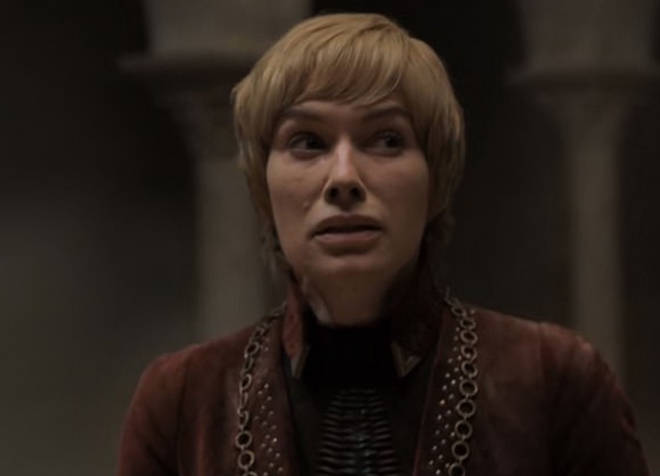
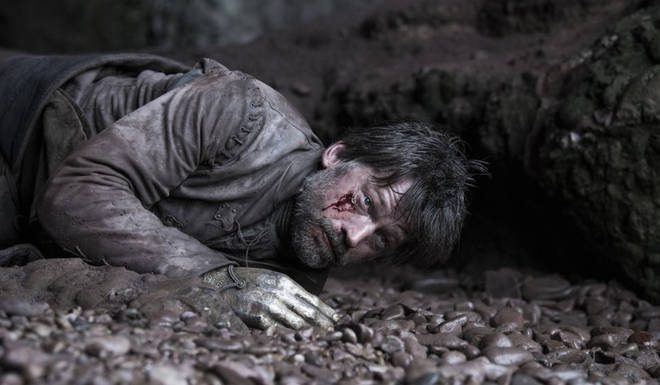
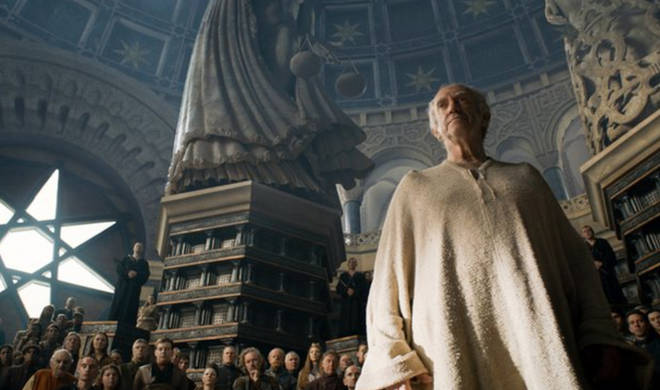
The ‘Light of the Seven’ theme in the season 6 finale

